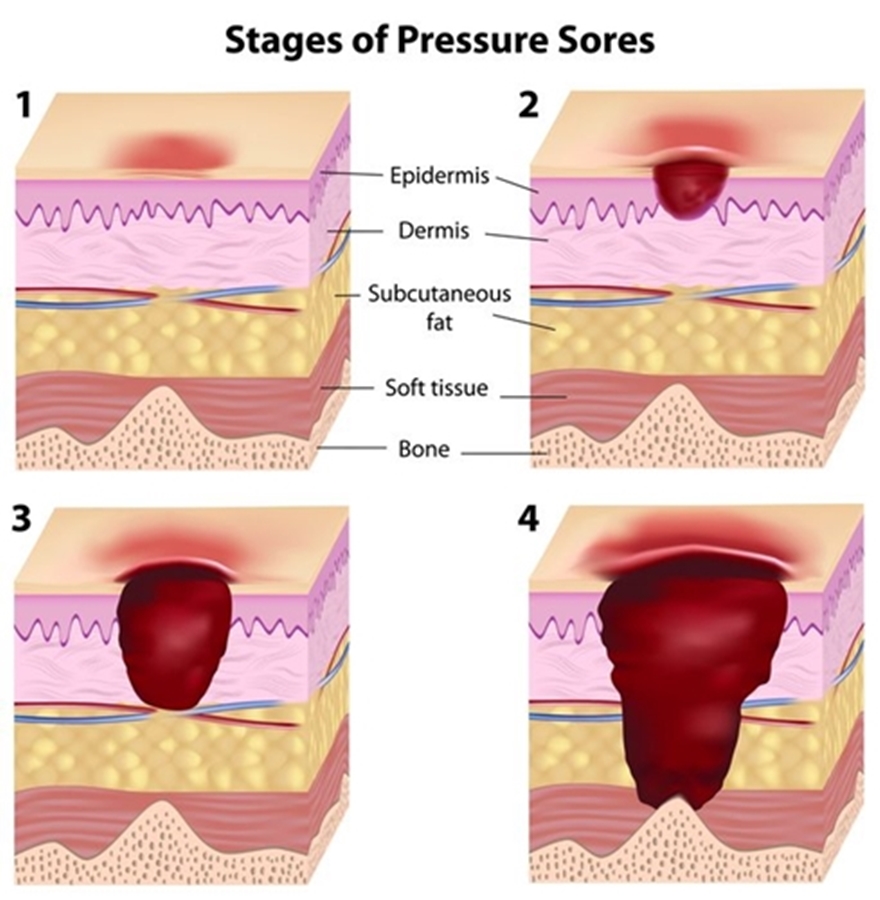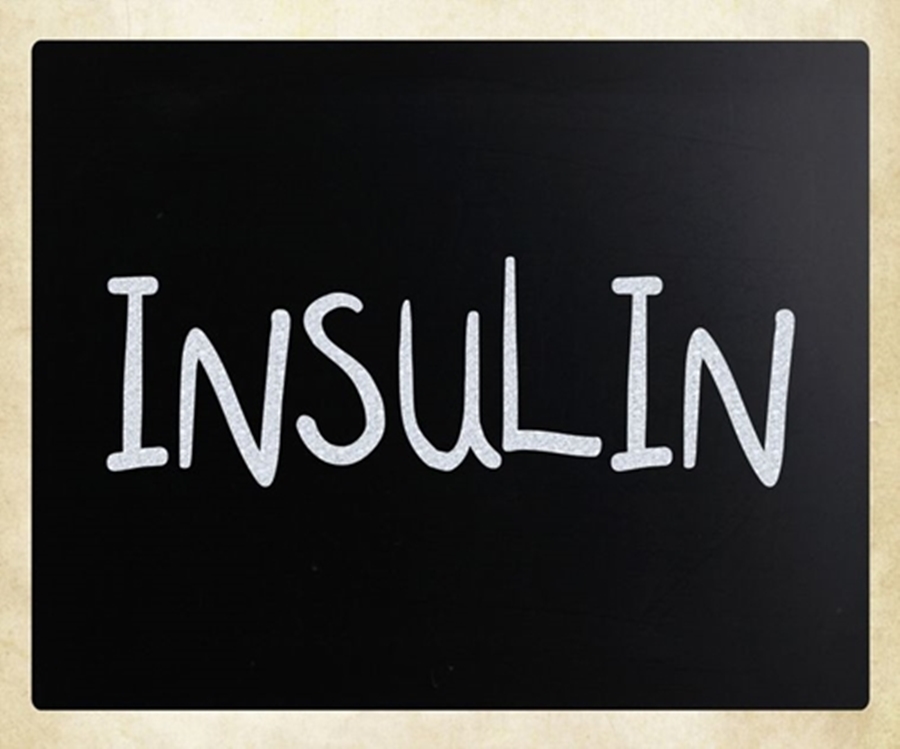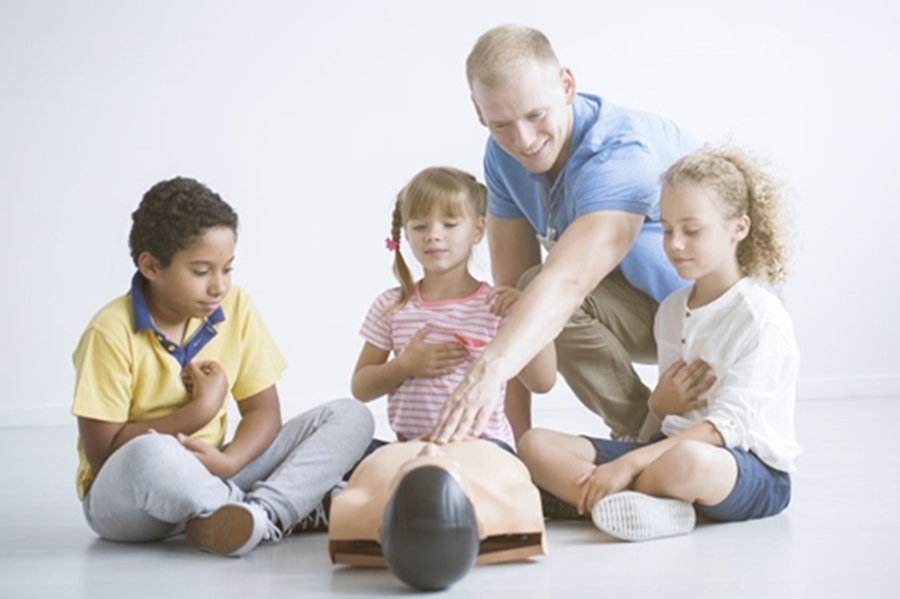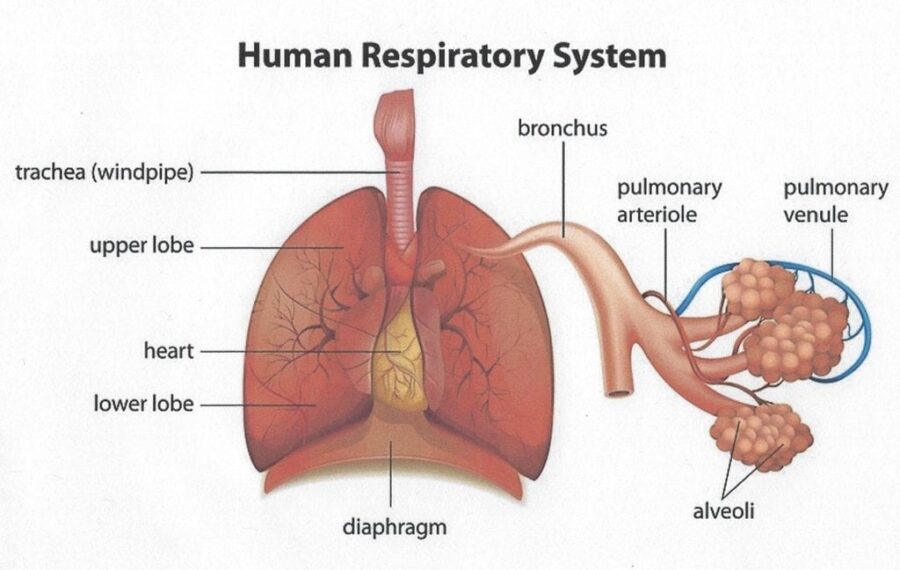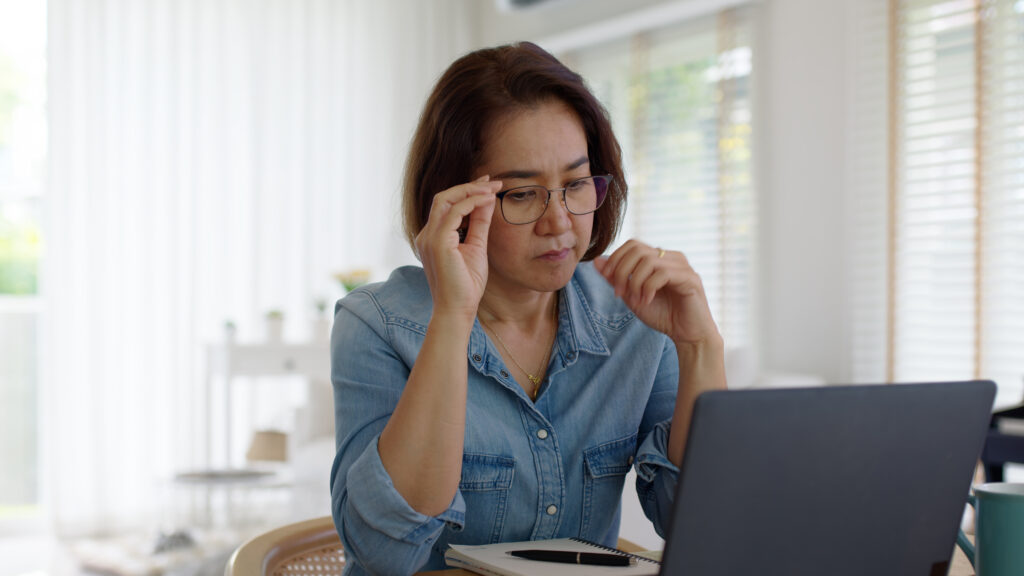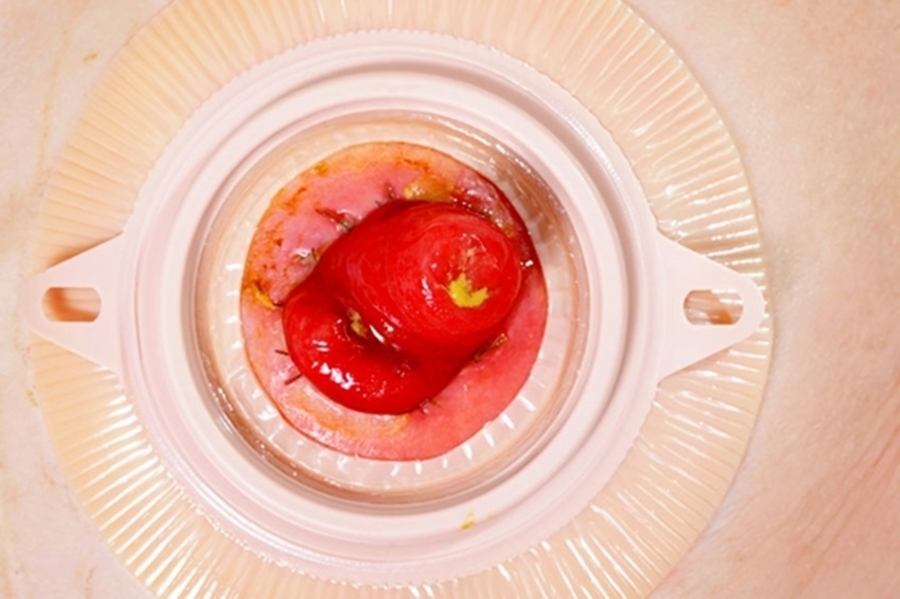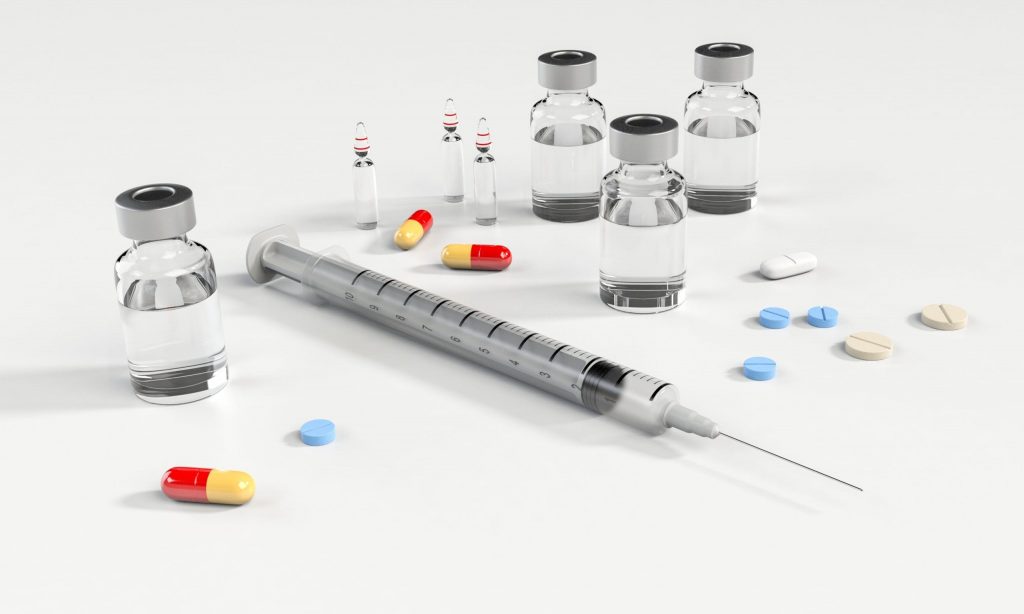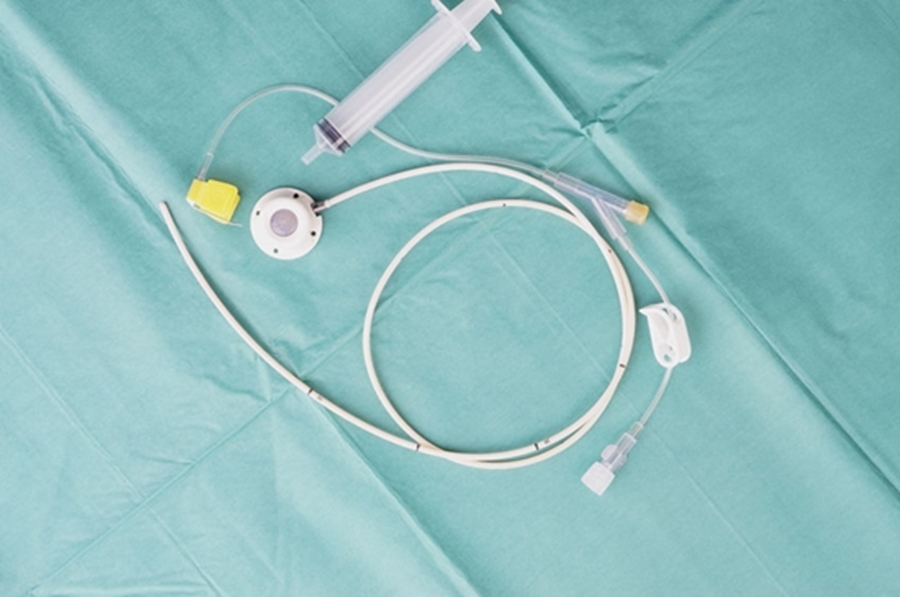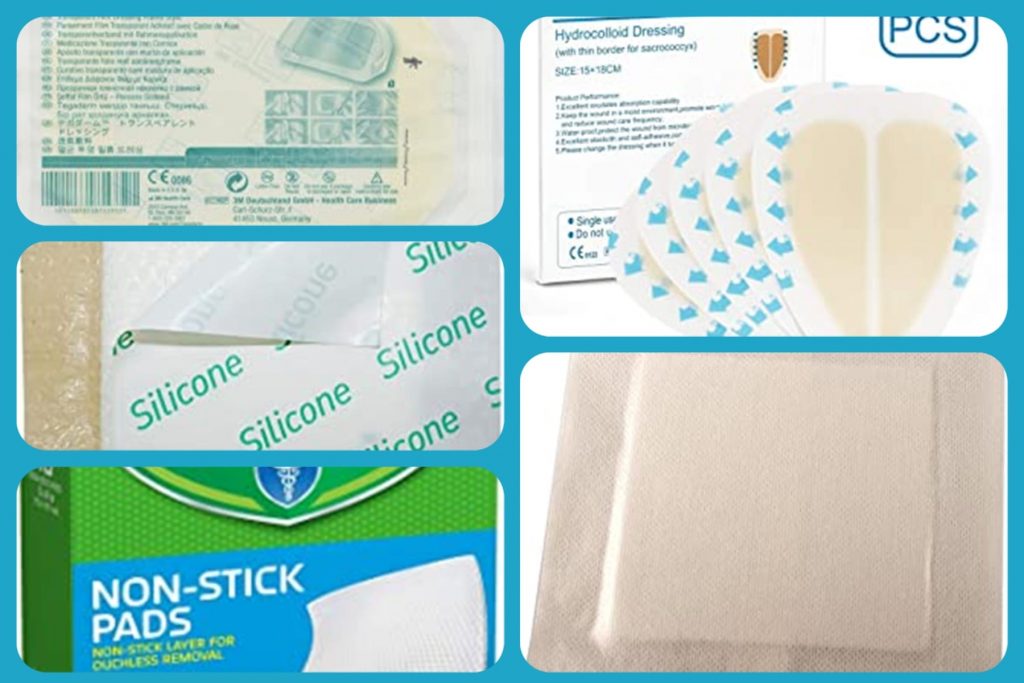Recognizing Skin Breakdown
Recognizing Skin Breakdown When Something Doesn’t Look Right, What Does It Mean? When the Skin Changes Color, What’s Happening? When skin first starts to break down, one of the first things you see is a change in skin color due to a decrease in blood flow to the area. The pink skin makes […]
Recognizing Skin Breakdown Read More »

